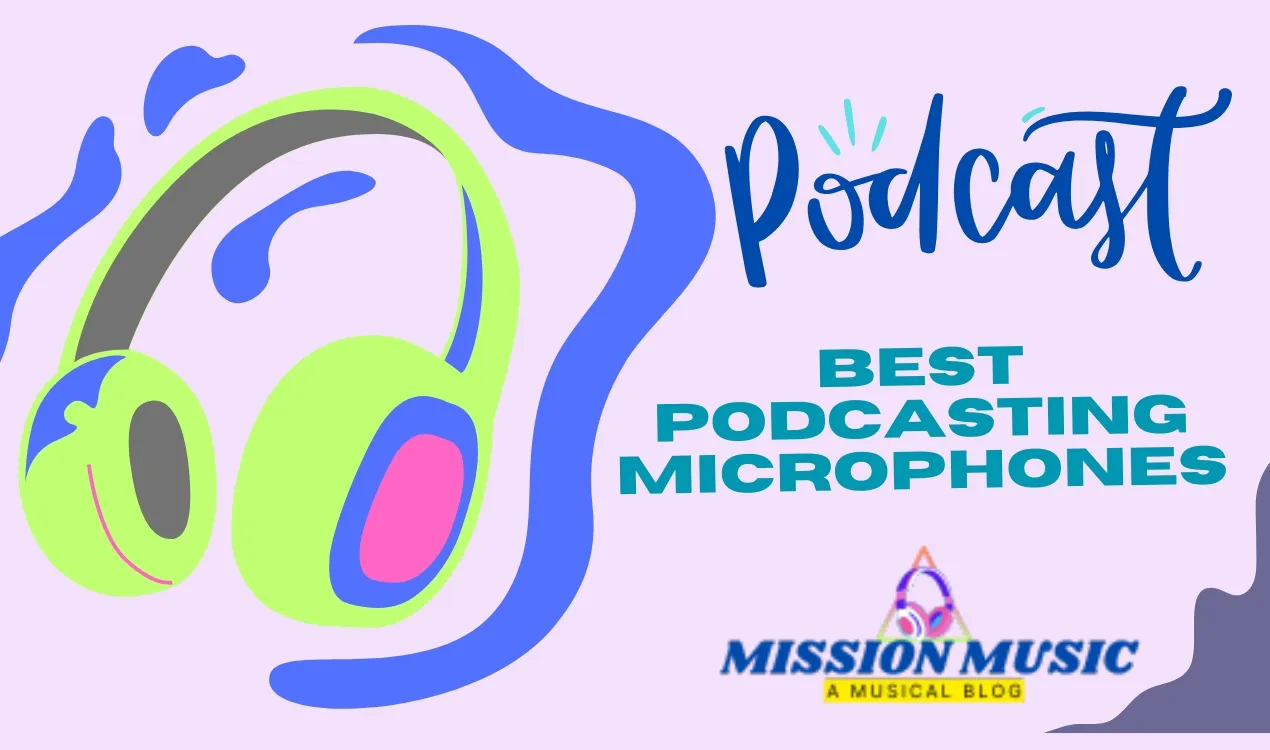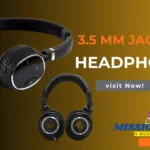Best podcasting Microphones are depends on your usage. Now a day Podcasting increasingly popular in recent years, one of the most important equipment for any podcaster is a microphone. In this article, we will talk about some of the best microphones for podcasting and what makes them stand out for this.

Key Factors to Consider When Choosing a Best Podcasting Microphones
Now that we’ve established the importance of high-quality sound in podcasting, let’s dive into the key factors you should consider when choosing a podcasting microphone. With so many options available, it’s essential to understand what sets a great podcasting microphone apart from the rest.
1. Microphone Type: There are several types of microphones commonly used in podcasting, including dynamic microphones, condenser microphones, and lavalier microphones. Each type has its advantages and disadvantages, so it’s crucial to choose the one that best suits your specific needs and recording environment.
2. Frequency Response: The frequency response of a microphone refers to its ability to capture a wide range of frequencies accurately. A good podcasting microphone should have a flat frequency response, meaning it reproduces sound without exaggerating or attenuating certain frequencies. This ensures that your voice and other audio elements are captured accurately, resulting in a natural and balanced sound.
3. Polar Pattern: The polar pattern of a microphone determines how it picks up sound from different directions. Common polar patterns for podcasting microphones include cardioid, bi-directional, and omnidirectional. The right polar pattern for you will depend on your recording environment and the desired sound pickup.
4. Build Quality and Durability: Since podcasting often involves recording on the go or in various locations, it’s essential to choose a microphone that is built to withstand the demands of portable use. Look for microphones with solid construction, sturdy materials, and reliable connectors to ensure longevity and durability.
5. Budget: Last but not least, your budget will inevitably play a role in your microphone selection. While it’s true that higher-priced microphones often offer superior sound quality, there are also excellent options available at more affordable price points. Determine your budget range and prioritize the factors that are most important to you, such as sound quality, durability, or portability.
Now that we have a clear understanding of what to look for in a podcasting microphone.
let’s explore the top 3 microphones that meet these criteria and deliver exceptional sound quality.
1. Blue Microphones Yeti
Next, Blue Yeti, The Blue Yeti USB Microphone is another popular option for podcasters. It is a USB microphone, which makes it easy to connect to with PC, Mac. It also has a variety of polar patterns to choose from, including cardioid, bidirectional, and omnidirectional. The Blue Yeti offers a great balance of price and performance.
Product details
Blue Microphones Yeti
- The ultimate professional USB microphone
- Tri-capsule array
- Multiple pattern selection: cardioid, bidirectional, omnidirectional and stereo
- Gain control, mute button, Zero-Latency headphone output
- Unique positionable design
- Perfect for vocals, musical instruments, podcasting, voiceovers, interviews, gaming, field recordings, conference calls and more
- Plug ‘n play: Mac and PC compatible
- Power Required/Consumption: 5V 150mA
- Sample Rate: 48kHz
- Bit Rate: 16-bit
- Capsules: 3 Blue-proprietary 14mm condenser capsules
- Polar Patterns: Cardioid, Bidirectional, Omnidirectional, Stereo
- Frequency Response: 20Hz-20kHz
- Max SPL: 120dB (THD: 0.5 percent 1kHz)
- Impedance: 16 ohms
- Power Output (RMS): 130mW
- THD: 0.009 percent
- Frequency Response: 15 Hz-22 kHz
- Signal to Noise: 100dB
2. Shure MV7
First on the list is Shure MV7, the Shure MV7 is a dynamic microphone with a USB and XLR output, making it versatile for use in both live and studio settings. It has also built-in preamp and a touch panel for adjusting gain and EQ settings. Many users have praised the MV7 for its clear and balanced sound, its controls are also easy-to-use. The microphone can be sensitive to plosives, but this can be addressed by using a pop filter. Overall, it’s best for this price range
Product details
Shure MV7 – microphone
- Voice isolation technology
The MV7’s unique pick-up pattern keeps it laser-focused on your voice and prevents any unwanted background or room noise from interrupting your recording. - Integration with ShurePlus MOTIV apps
Leave nothing to chance; configure and set up the microphone using the ShurePlus MOTIV app so that it’s best suited for you. Choose from Auto Level Mode if you want a ‘set it and forget it’ microphone, or Manual Mode if you want to get more hands-on with the features. - Customizable sound signature
Choose your sound and pick your voice tone from either ‘dark’, ‘natural’ or ‘bright’ within the ShurePlus MOTIV app. You can now get that deep ‘radio’ sound you’ve always wanted. - Optimized mic position presets
Whether you’re a podcaster that likes to get up close and personal with the microphone, or a streamer that likes a bit more breathing space, you can select from ‘near’ or ‘far’ depending on your preference. - Built-in headphone monitoring
Ensure that you are getting perfect audio at all times with the direct headphone monitoring output and adjust your preferred monitor mix between microphone and playback on the built-in touch panel or ShurePlus MOTIV app.
3. Rode Procaster
Finally, the Rode Procaster. This microphone is a professional-grade and popular option for podcasters who want the high quality audio. It has a cardioid polar pattern and a wide dynamic range, which makes it perfect for vocals sound. It also has a built-in pop filter, which helps to reduce unwanted noise
Product details
Rode Procaster
- Broadcast quality sound
- High output dynamic capsule
- Balanced, low impedance output
- Internal shock mounting of capsule for low handling noise
- Internal pop-filter to reduce plosives
- Robust, all metal construction
- Designed and manufactured in Australia
- Ten year warranty
Now in this market, those three are best podcasting microphones for best sure. You can choose one according to your needs. For read our more blogs, Click Here


